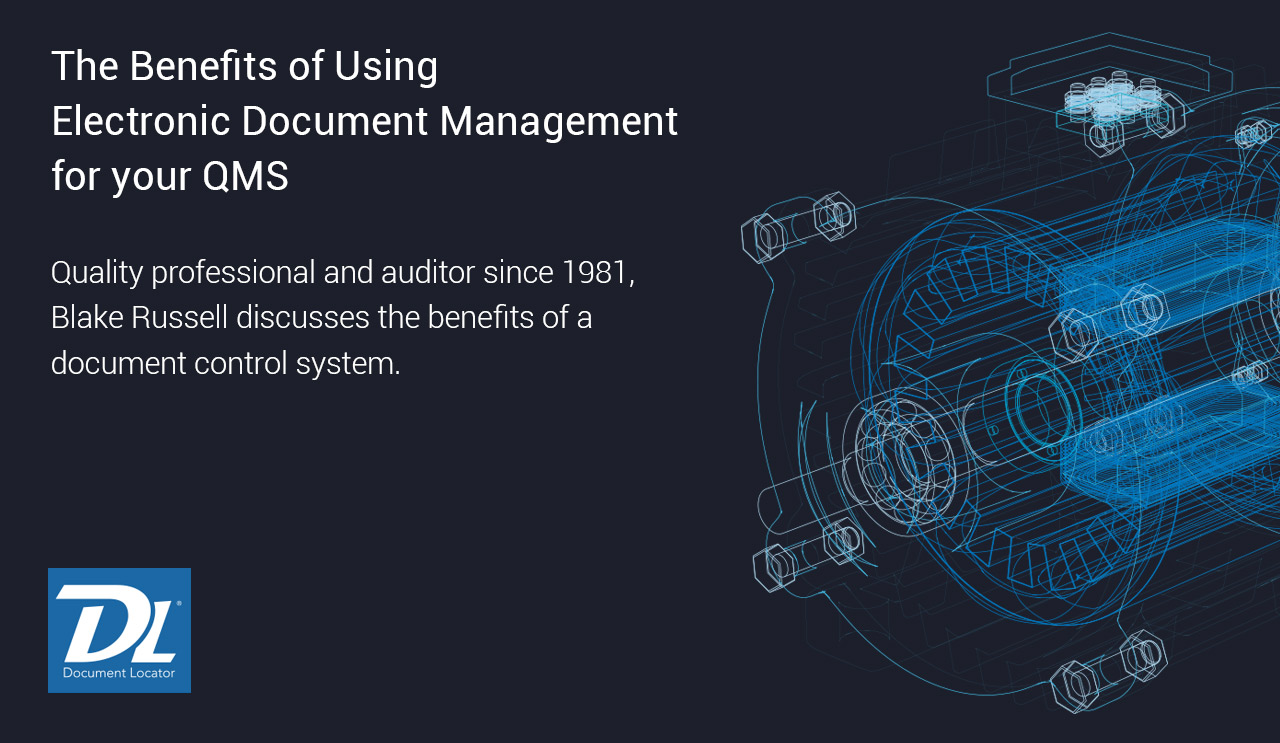I’ve been a quality professional since 1981, and during my career I’ve held positions as a lead auditor, quality manager, director of quality, an independent ISO Consultant and a registrar auditor for ISO 9001, AS 9100, ISO 14000 and ISO 13485.
As an auditor, 80% of audit findings were document control issues. That’s why it’s so important that your method for controlling documents is effectively managed and kept current. When it comes to documentation, the three most common errors are:
- Not managing the revision level of documents
- The lack of traceability of revision changes
- Not archiving prior revisions
Often, these errors stem from using common Microsoft tools like Excel to manage revision levels, Outlook to approve documents, and Windows Explorer folder structures to manage current and prior versions of documents.
Using Excel spreadsheets for document control is labor intensive and inefficient. Spreadsheets have no traceability, and people can override them. Often, it requires a full-time employee just to manage the spreadsheets, because someone needs be the gatekeeper. In addition, if for whatever reason something gets missed, you may not know until an auditor finds it!
Using email to route and approve policies is ineffective and prone to error. One of the biggest problems with using email is the delay caused due to approvers not responding in a timely manner. This adds additional workload to the gatekeeper who needs to manually follow up on the status of the approval request. Another issue is properly documenting the approval once it’s given, again another manual time-consuming process.
One of the most common document control issues is being able to find the document that the auditor requests during the audit. A finding can result if documents are not presented to the auditor in a timely manner.
Another issue is the proper review of new documents or revisions to existing documents by employees. Most companies use the honor system when it comes to reviewing changes rather than capturing a record of required reading. A finding may result if the auditor feels there is a lack of knowledge by the employee due to not reviewing the procedure for understanding.
During an audit, more than 20% of the documents assessed can be related to HR.
If you look to clause 7.2 of ISO 9001:2015, d) retain appropriate DOCUMENTED INFORMATION as evidence of competence.
It is important to properly manage HR records for conformance. An audit could include providing the following personnel records:
- Job Description – used to determine that you hired the right candidate for the job.
- Applicants resume – used to document they have the experience for the job.
- Onboarding processes and procedures – help facilitate quality assurance by ensuring a background check, that a person is given proper access to your systems and trained effectively to be capable of doing their job.
- Annual reviews are an effective conformance tool. They demonstrate that people are doing their jobs and continuing to improve.
- Off-boarding processes and procedures – exit interview, make sure all company property is returned and system access is revoked.
- You also need to consider, if you have a seasoned employee retire, all their knowledge needs to be captured and transferred to others, or you may have a big weakness in your quality system.
The two most important aspects of a document control system are user friendliness (ease of use by the users of the system) and auditor friendliness (how easy can documents be produced for an auditor during an audit).
In summary, the center of a successful quality management system is the effective control and management of the required documentation for your company.
About Blake Russell
Blake Russell’s career spans over 40 years in the industry as a lead auditor, quality manager, director of quality, an independent ISO Consultant and a registrar auditor. He is certified to ISO 9001, AS 9100, ISO 14000 and ISO 13485. Blake has worked for major aerospace companies including Boeing on the B1 program, Litton Industries as Quality Director, and Bombardier LearJet Quality Engineer. As a consultant, he has helped over 300 organizations implement their quality management systems that resulted in successful registrar certifications.
Mr. Russell has an MBA and BS in Business Management with a Minor in Total Quality Management (TQM). He is also a ASQ Certified Manager of Quality/Organizational Excellence.




